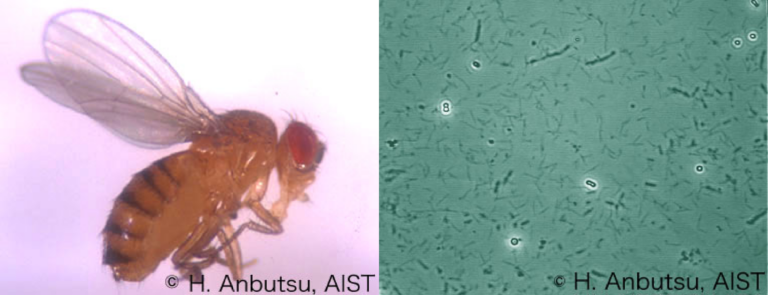In nature, organisms are living in close association with surrounding physical environment as well as other organisms. Thus, each of the organisms is regarded as a component of the ecosystem. Considering the diverse microbial community found inside the organisms in general, each of the organisms can also be regarded as constituting an ecosystem.

Many animals and other organisms constantly harbor microorganisms inside their body, which has been referred to as “endosymbiosis”. Due to the close spatial proximity, extremely intimate biological interactions and inter-dependency are commonly found between the partners called host and symbiont. Novel biological properties are often generated through such associations. In many cases, host and symbiont are integrated into an almost inseparable entity.


Our main research targets are diverse endosymbiotic interactions found in insects. We are also interested in sophisticated biological interactions associated with such phenomena as parasitism, reproductive manipulation, morphological manipulation, animal sociality, etc. Mechanisms underlying these biological interactions are investigated by using multi-disciplinary approaches including molecular biology, genetics, physiology, ecology and evolutionary biology.

